OS X 10.9.4 Update Released with Wi-Fi Bug Fix & Sleep Wake Resolution
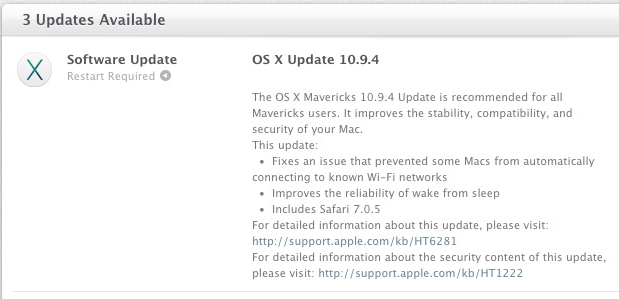
Apple has released an update to OS X Mavericks, versioned as 10.9.4. The update brings several significant bug fixes and security updates, and is recommended to install for all Mac users running OS X Mavericks.
Notably, the OS X 10.9.4 update resolves a frustrating problem where a Mac would not automatically rejoin a trusted Wi-Fi network, despite being within signal range. A fix is also included to improve the reliability of waking from sleep, a problem that usually manifests itself by making a Mac feel unresponsive when the computer is asleep, frequently on MacBook laptops. The update also fixes an issue where the Apple logo would sometimes appear incorrectly during boot. Also included is Safari 7.0.5 and some other minor bug and security updates.

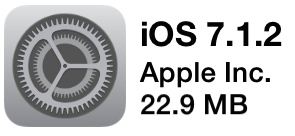 iOS 7.1.2 has been released by Apple, available for all iPhone, iPad, and iPod touch devices that are compatible with iOS 7. The update includes multiple bug fixes and security updates, and is recommended for all users to install. Additionally, an update to Apple TV versioned as 6.2 is available.
iOS 7.1.2 has been released by Apple, available for all iPhone, iPad, and iPod touch devices that are compatible with iOS 7. The update includes multiple bug fixes and security updates, and is recommended for all users to install. Additionally, an update to Apple TV versioned as 6.2 is available. 

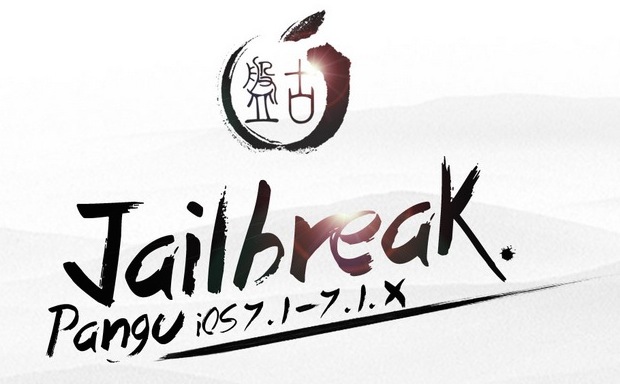



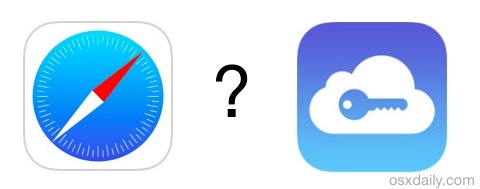

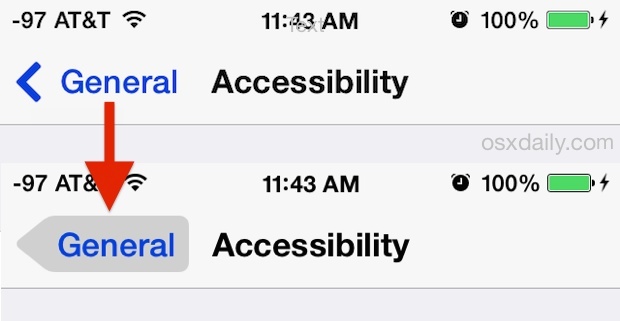
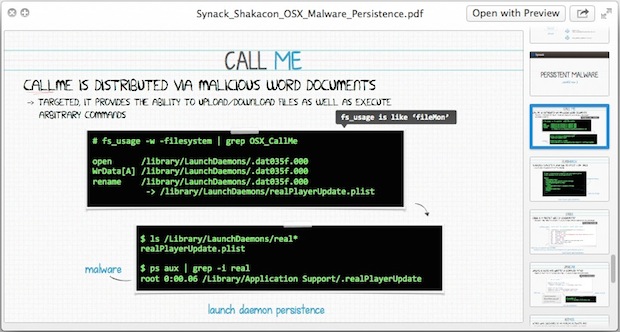
 The next time you’re stuck trying to figure out a terminal command, or maybe you’re just trying to learn a new one, don’t be afraid to ask for help… from the OS X Terminal apps very own Help menu. Yes seriously, that’s because the Help menu of Terminal app can serve as a man (manual) page launcher for any installed command, service, or binary, as long as it has an accompanying man page, you’re good to access it from the help menu.
The next time you’re stuck trying to figure out a terminal command, or maybe you’re just trying to learn a new one, don’t be afraid to ask for help… from the OS X Terminal apps very own Help menu. Yes seriously, that’s because the Help menu of Terminal app can serve as a man (manual) page launcher for any installed command, service, or binary, as long as it has an accompanying man page, you’re good to access it from the help menu. 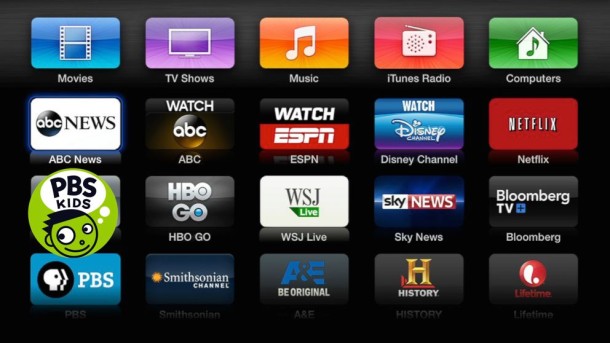
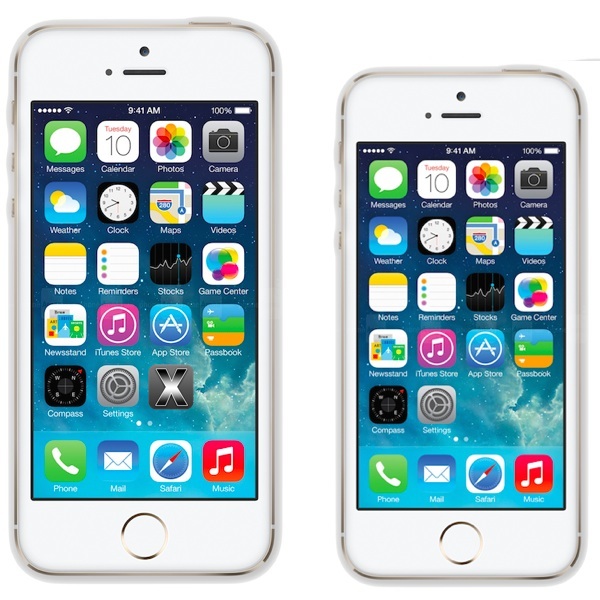
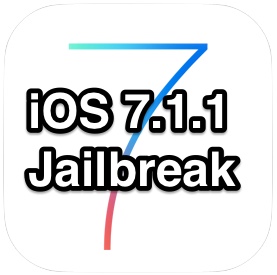 A jailbreak for iOS 7.1.1 has been released by a called Pangu. The untethered jailbreak tool supports just about any device capable of running iOS 7.1.1, including most new iPhone, iPad, and iPod touch models. The jailbreak is currently only available for Windows, with a Mac OS X version apparently in the works and due out soon.
A jailbreak for iOS 7.1.1 has been released by a called Pangu. The untethered jailbreak tool supports just about any device capable of running iOS 7.1.1, including most new iPhone, iPad, and iPod touch models. The jailbreak is currently only available for Windows, with a Mac OS X version apparently in the works and due out soon. 
